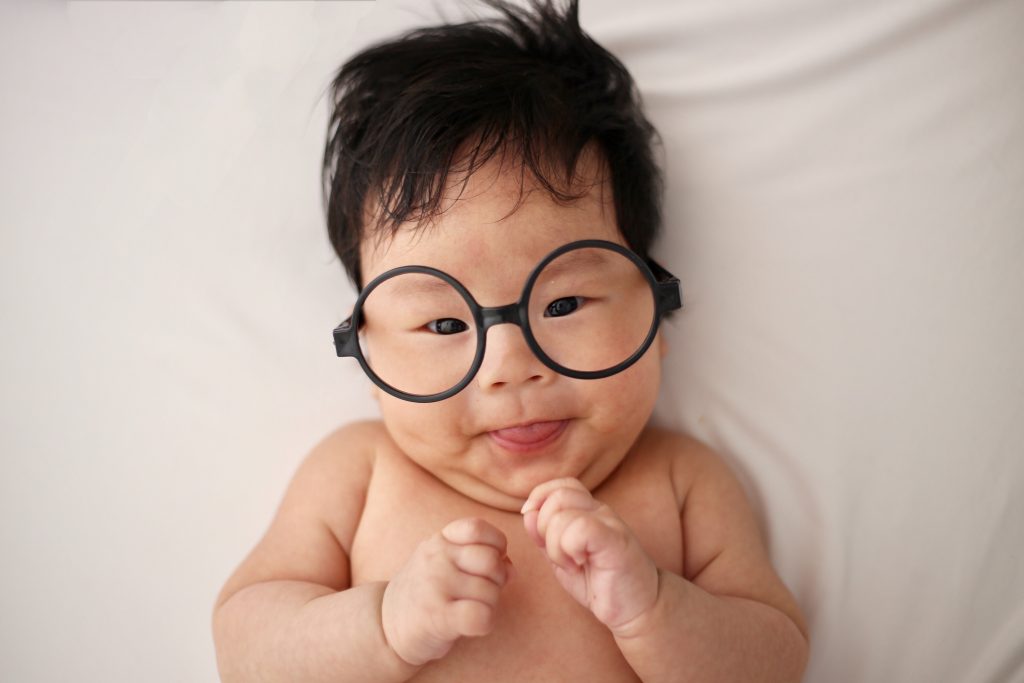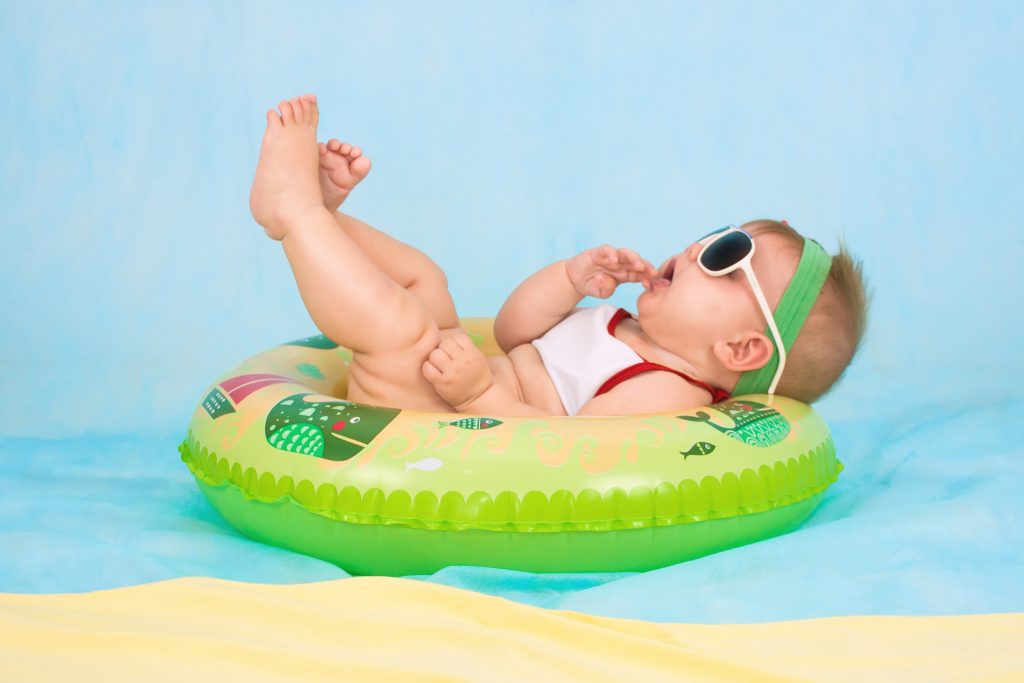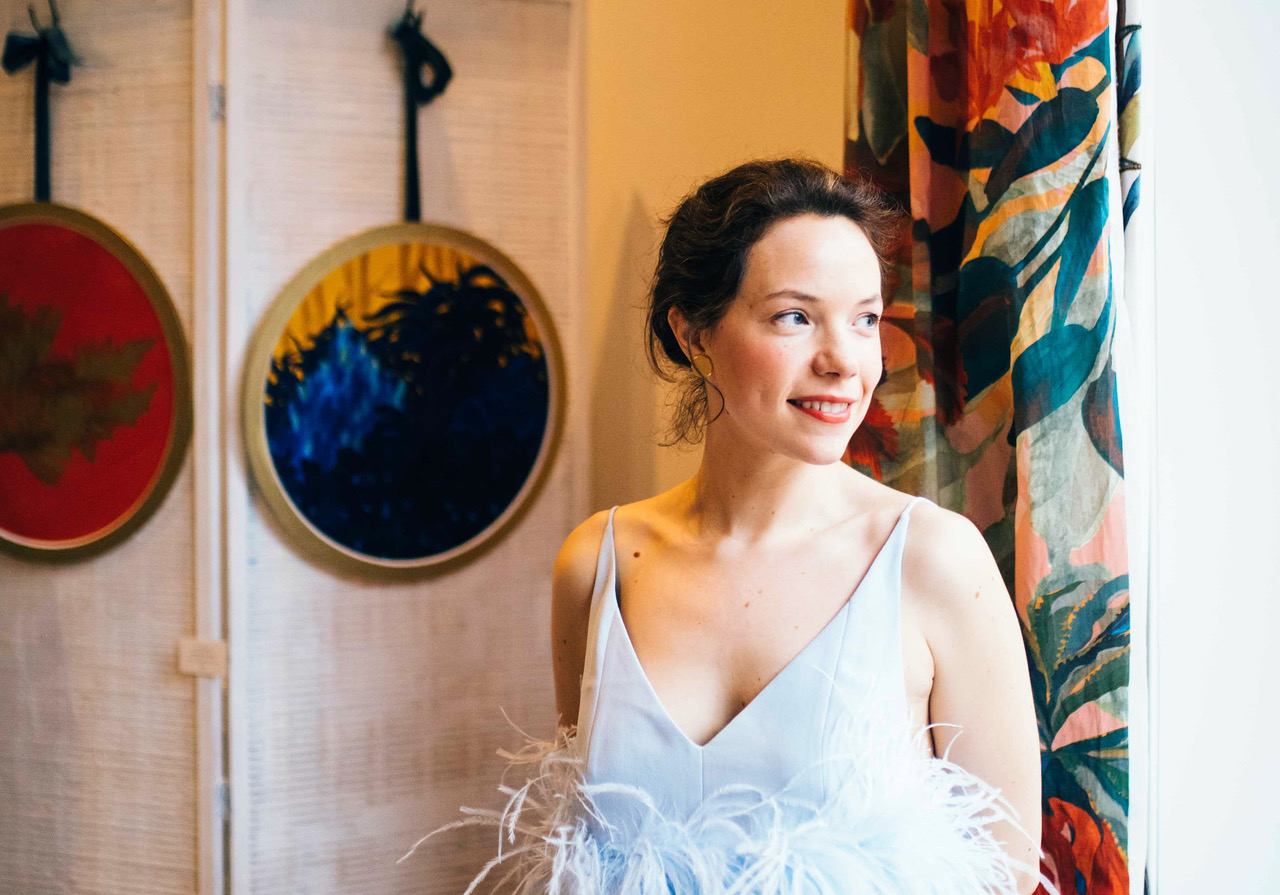Along with numbers, letters, and shapes, one of the earliest things we are taught as children are the colors of the rainbow. However, a recent study suggests that humans are actually born with the ability to recognize colors. No, we don’t come out of the womb knowing that red is called red, or blue is called blue, but research does show that infants are capable of distinguishing colors from one another and separating them into different categories.
It is believed that babies can see color around 5 months old. This is when babies’ full-color vision is thought to develop. A baby is born with poor eyesight, but as they grow and develop, so does their vision.
Within the first few months, babies start to notice light and dark as well as shapes and patterns. Next, their eyes start to develop their visual coordination gets better. Between about 5 and 8 months, babies will start to recognize people and objects, and develop depth perception.
Babies can tell the difference between light and dark while they are still in the womb.
When they are born, babies are extremely sensitive to light. Newborns can see the contrast between black and white shapes.

The first primary color they are able to distinguish is red. This happens in the first few weeks of life.
Babies can start to notice differences in shades of colors, particularly between red and green, between 3 and 4 months old. Actual color vision and the ability to see color develops when a baby is around 5 months old. At this age babies do not have as clear or sensitive color vision as adults, but they should be able to notice the differences and see colors.
In a color research experiment conducted by scientist Anna Franklin at the University of Sussex in England, infants aged 4-6 months were shown 14 different colors from a color wheel. After being shown the same color several times, they were then shown a different color. If the infant gazed at this new color longer than the previous one, this meant that it recognized it as a new color. This is concluded using something known as “infant looking time,” which is the idea that infants will stare at something longer if it’s unfamiliar to them.
While it was previously thought that our separation of colors might be an arbitrary social construct, this experiment suggests differently. After studying the reactions of 179 infants, the results of the study showed that infants can separate colors into five different categories: red, yellow, green, blue, and purple. This innate ability to distinguish colors may have proven useful to our earliest ancestors when having to recognize “safe” vs “dangerous” colors for certain situations in the wild, such as encountering poisonous plants or animals.





